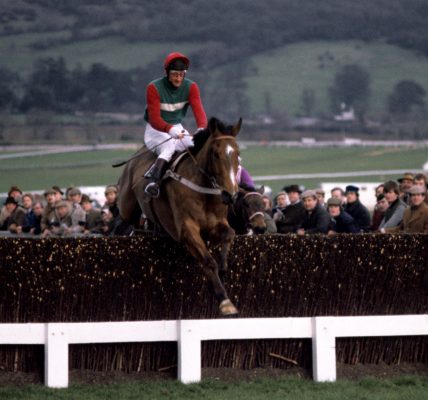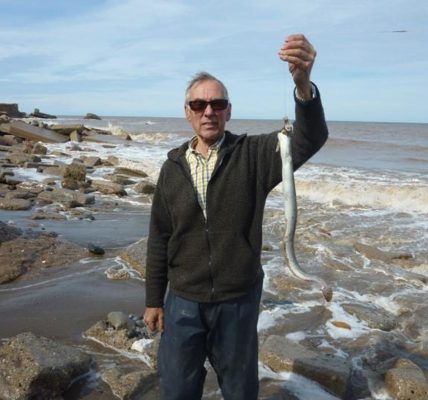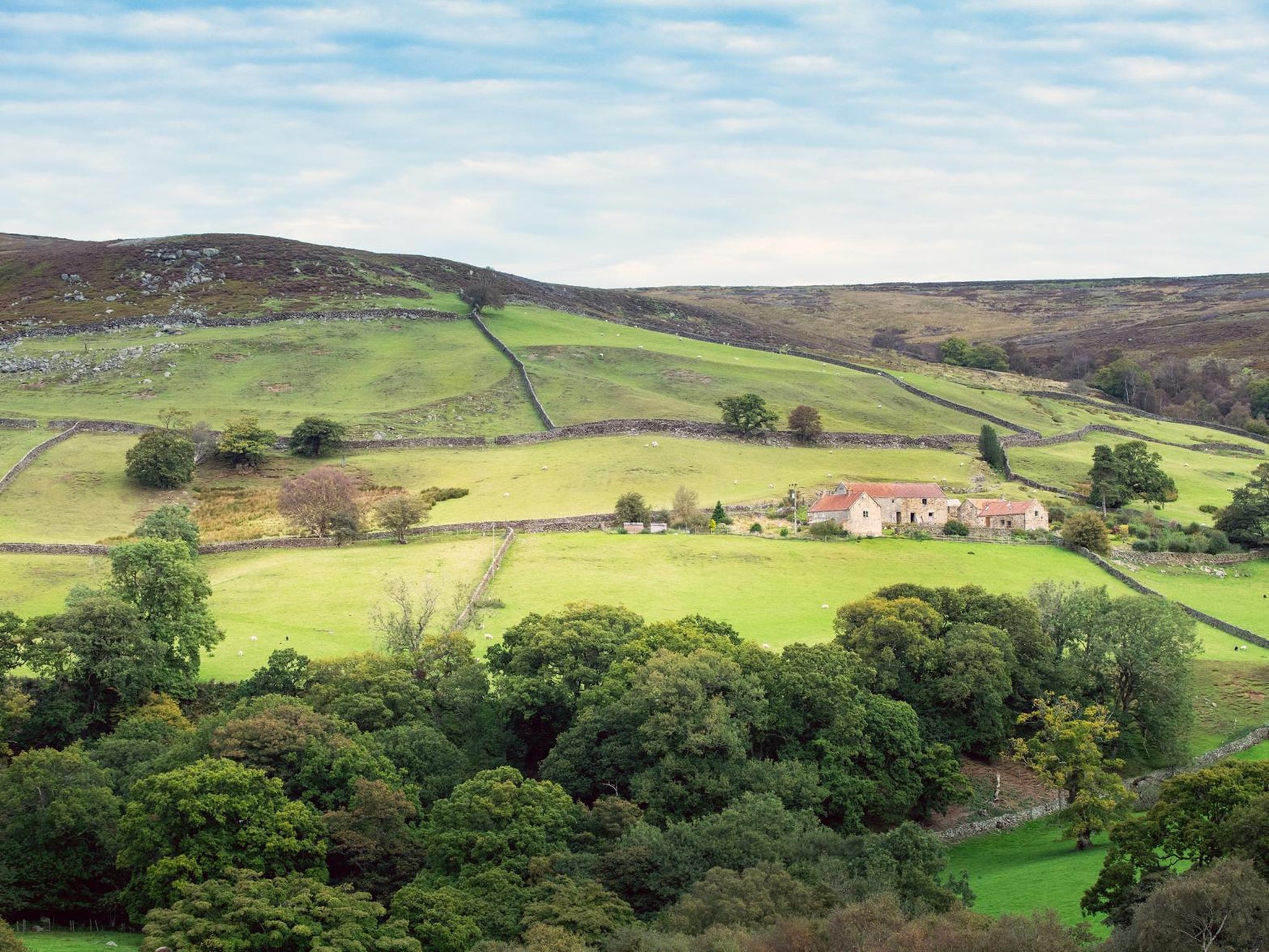The US Vet, Julian Norton remembers discovering the "magic" of veterinary work on farm straight out of a Herriot book
The US Vet, Julian Norton remembers discovering the "magic" of veterinary work on farm straight out of a Herriot book
My journey on snowy roads to the goat farm on the far side of Skipton demanded my full attention.
My journey on snowy roads to the goat farm on the far side of Skipton demanded my full attention. It also evoked memories of my first foray into the world of farm animal veterinary practice.
Brought up in industrial Castleford, my efforts to gather sufficient experience to have any chance of gaining a place at vet school needed a boost. Luckily, my school mate and fellow budding vet, Mark and I found ourselves a lambing job with lodgings in a caravan, on a sheep farm in the middle of the district of Craven.
We’d alternate our work- Mark would spend a day at the veterinary practice in nearby Skipton, while I worked on the farm, breaking the ice on water troughs and learning about lambing. The next day we’d swap. I can remember my first vet day in detail. As it was before I could drive, it was either a bus journey or a cold, six-mile, death-defying cycle ride to the surgery. It was death-defying because of the juggernauts carrying stone from a nearby quarry and it was cold because this was the tail-end of winter and snow was in the air. Of course, to save fifty pence, I opted for the bike and I arrived for my first day with a farm vet bedraggled, shivering and splattered with mud. I thrust out a hand to the round, red-faced, tweed-clad vet who ran the practice. His name was Norman.
“My word, you’ve got cold hands,” were his introductory words, quickly followed by: “Grab your wellies and coat, we’ve got some cows to see.”
The first farm we visited was straight out of a Herriot book, with simple stone buildings clinging to a hillside. The farmer appeared as soon as we arrived, his thin, rugged face peering from under a battered flat cap. Norman handed me a box of equipment and fastened his long, brown, cotton coat, which made him look like a school caretaker. I struggled to keep up as the senior vet strode along at breakneck pace. Years later, once qualified, I realised that fast walking is an important trait for busy practising vets: there is usually a lot to do. It’s also a good way to keep warm. I followed Norman and the farmer into a cow byre where a dozen brown cows were standing next to each other patiently chewing their cud or munching silage. It was the first time I’d been inside a building like this and I found it fascinating. It was surprisingly warm inside and the cows were surrounded by piles of deep straw. The warm air had a sweet smell, with both the fragrant odour of aromatic esters from the silage and the various smells from the cows themselves. The animals belched, passed faeces and urinated with such frequency that their biological habits seemed to be a full-time job.
Without any explanation, Norman donned a long, plastic glove and inserted his arm directly into the rectum of the nearest cow. What on earth is he doing? I wondered, never having witnessed anything like this before. He was in right up to his shoulder.
“No, I’m sorry, she’s not,” Norman said to the farmer, shaking his head. The farmer put a cross next to the cow’s name in his notebook. “She has a cyst on her left ovary,” Norman added, before repeating the same process with the next cow along. I was amazed that neither cow seemed to mind the internal examination. Eventually, I plucked up courage to ask what he was doing with his right arm, so deeply inside the patient.
“I’m feeling her uterus and ovaries. I can tell if she is pregnant or not.” To a wide-eyed, naïve schoolboy this seemed like magic; and from that moment, I was hooked.










